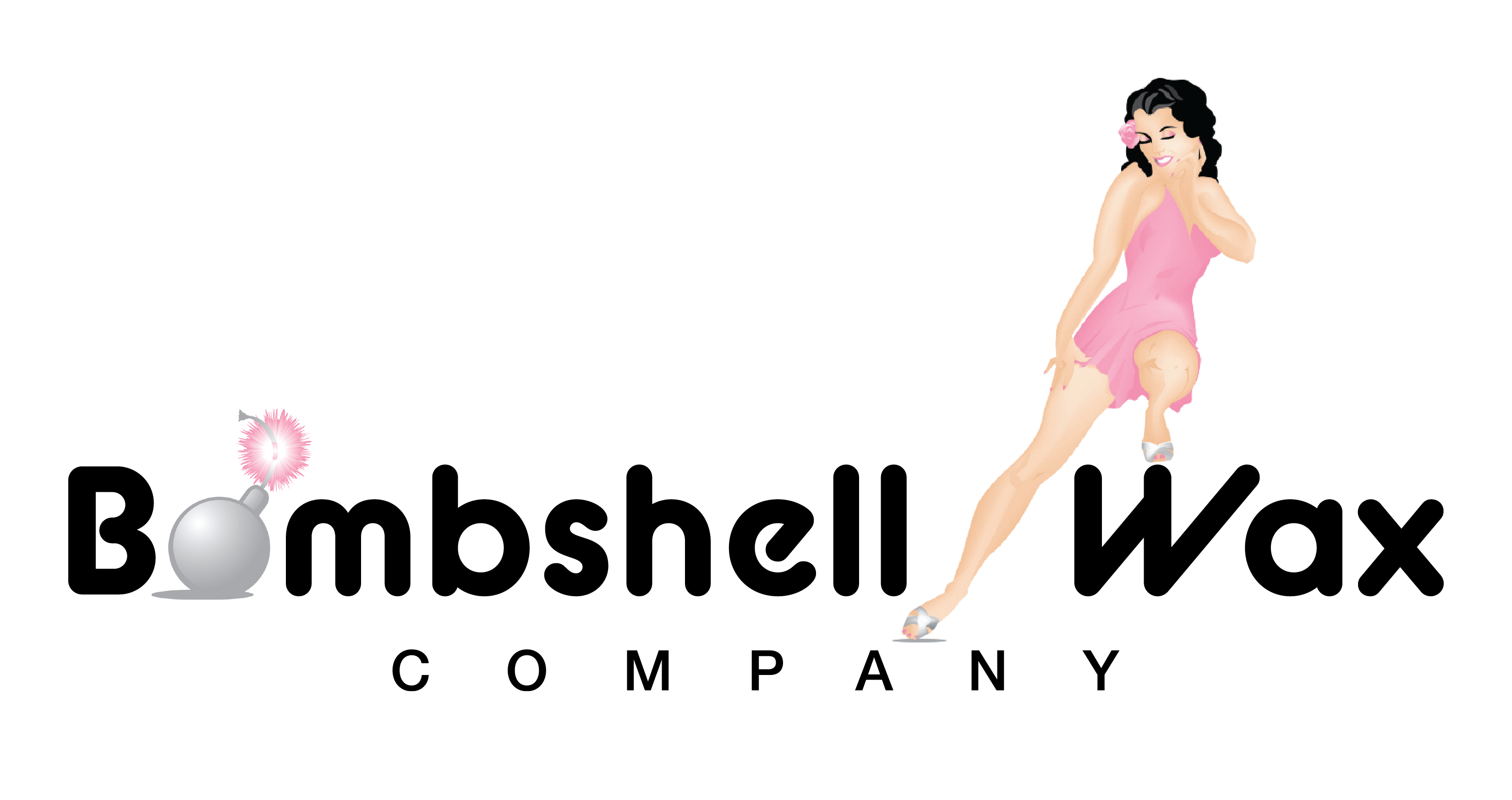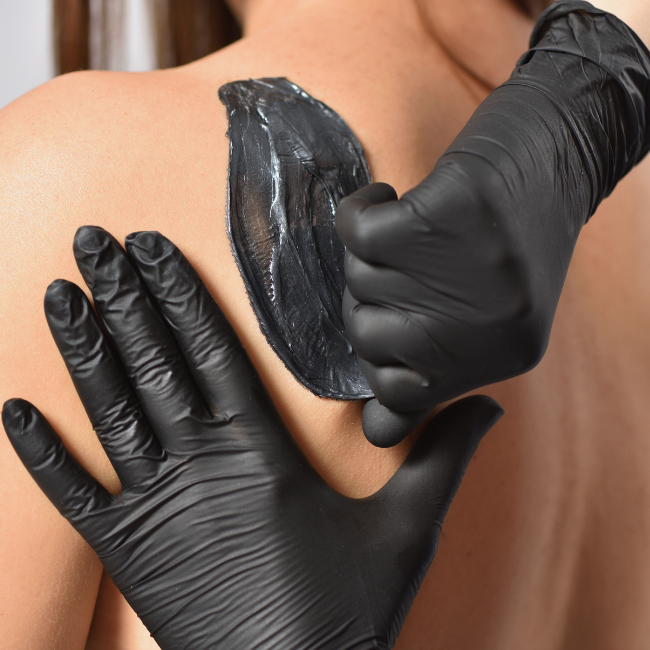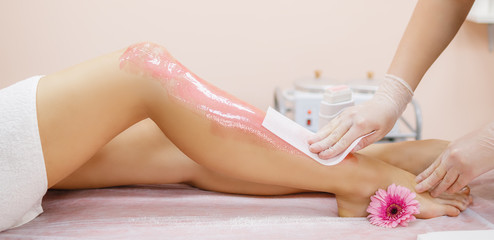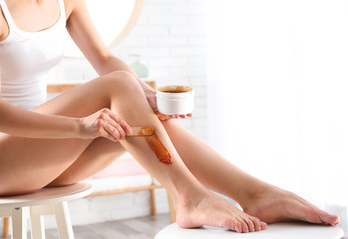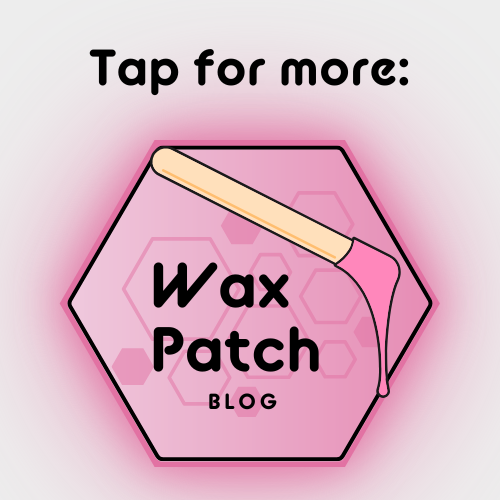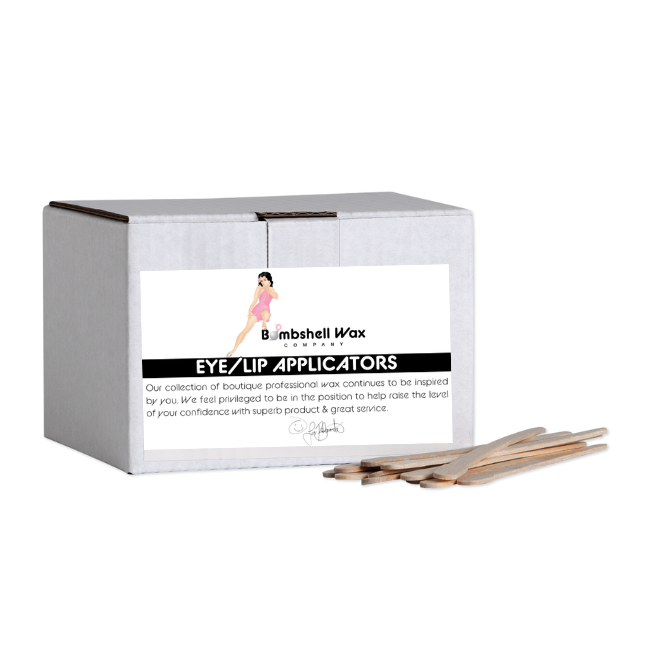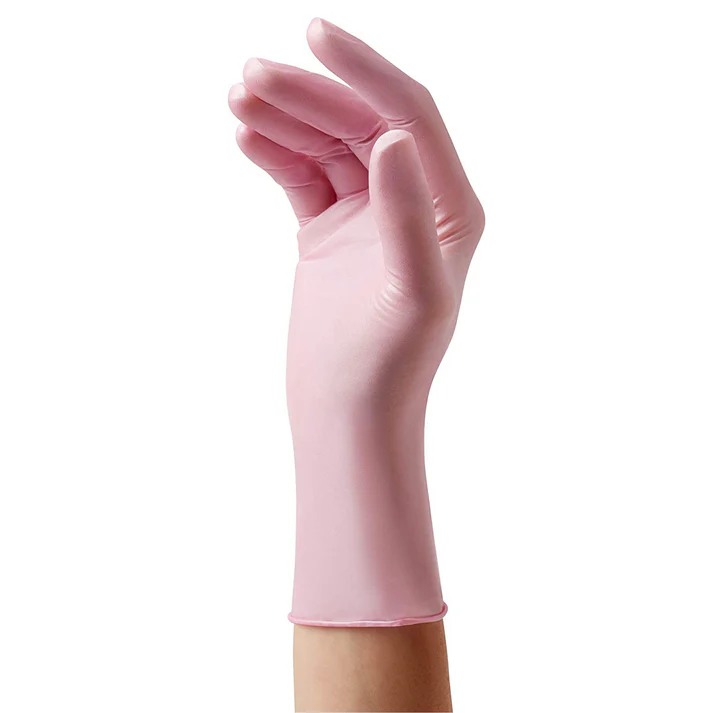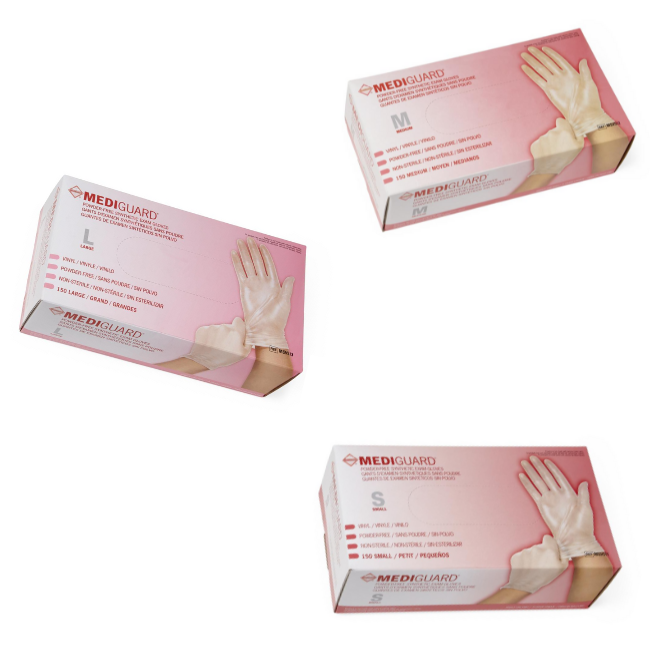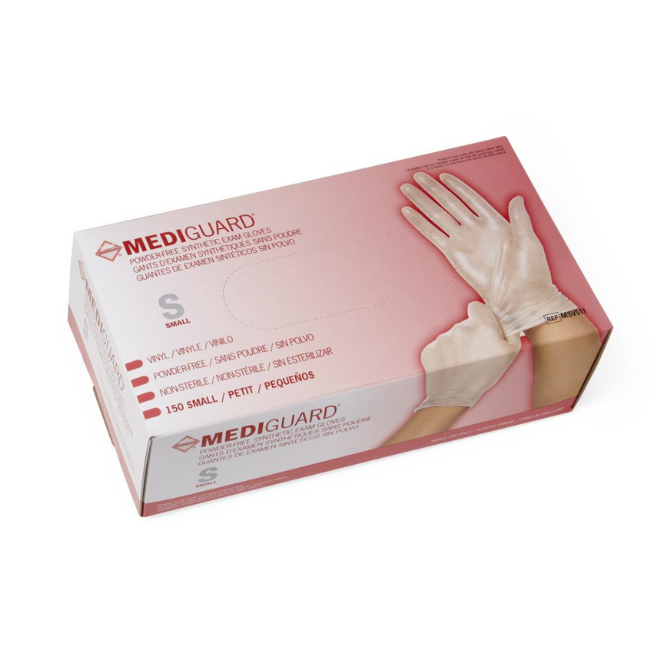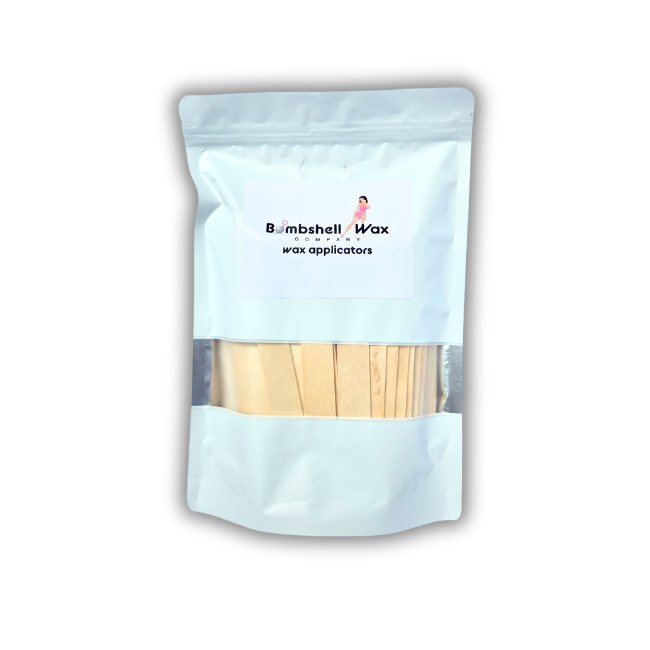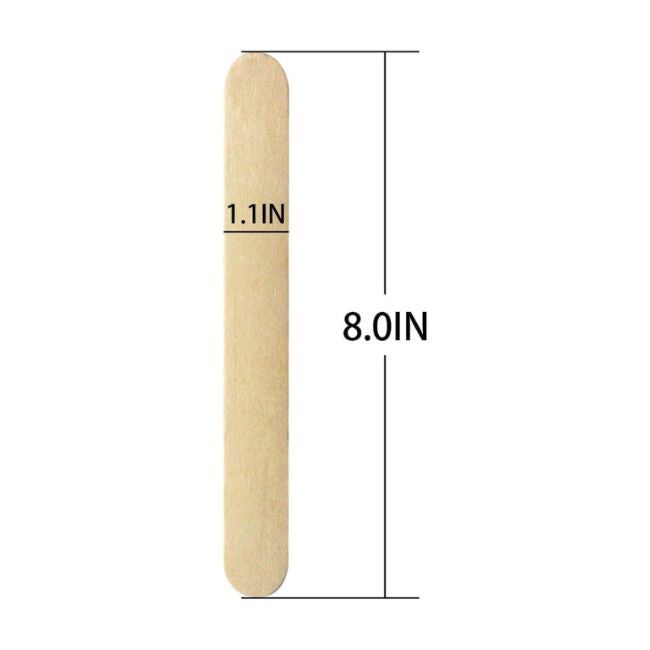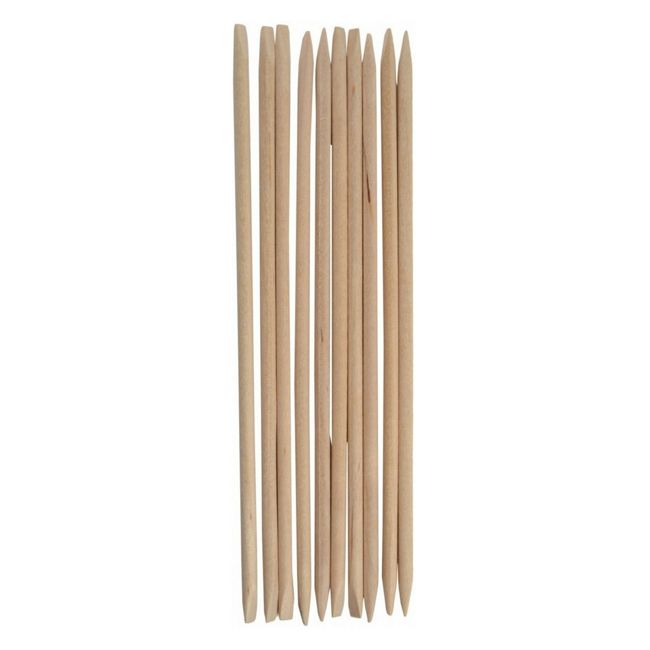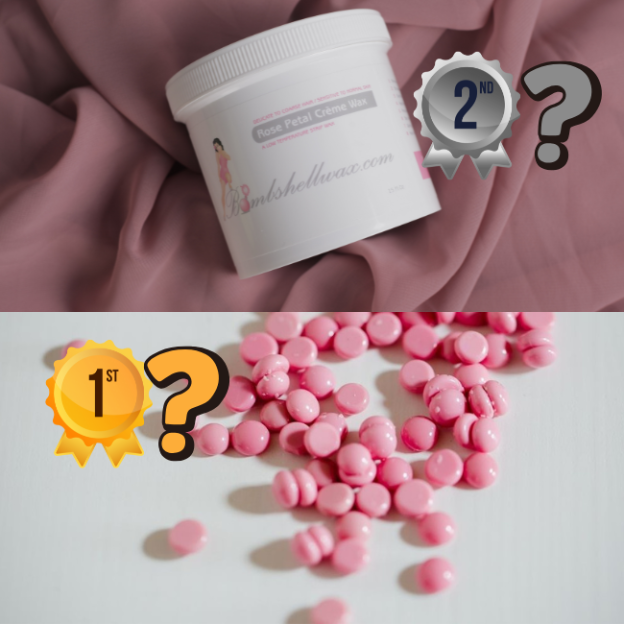

Hard Wax vs Soft Wax: Which One Should You Choose?
Choosing the right wax can feel like choosing a new language. Both hard wax / soft wax remove hair from the root, both can leave skin smooth, and both can fit into a professional workflow. The difference lives in how each wax grips hair, how it interacts with skin, and how it supports the client experience. If you work behind the table or you maintain your own waxing routine, understanding these differences will help you deliver better results with less irritation.

What is hard wax
Hard wax is applied in a slightly thicker layer, allowed to cool, then removed without strips. As it sets, it encapsulates the hair and lightly shrink wraps around it. It adheres more to the hair than to the skin, which is why many estheticians reach for it on delicate areas. Think brows, upper lip, underarms, bikini, and Brazilian. Because it lifts primarily from the hair, clients often report less post service redness and fewer micro tears on sensitive zones. Cleanup is simple, since the cooled wax lifts off in one piece, and residue is minimal.

What is soft wax
Soft wax is applied in a very thin layer, then removed with a cloth or paper strip. It grips both hair and the top layer of dead skin cells, which gives it excellent exfoliating power. This quality makes soft wax a star on large, less sensitive areas. Legs, arms, chest, back, and sometimes stomach. Soft wax spreads fast and wide, so pros can clear big sections efficiently. Because it adheres more to the skin, you should avoid going over the same spot more than once. A light touch with proper skin support is key.
Key differences at a glance
Hard wax lifts hair and spares skin, so it shines on sensitive zones and coarse growth. Soft wax removes hair and surface skin cells together, so it excels on larger areas with fine to medium hair. Hard wax comes off on its own, no strips needed, and can be laid in smaller patches for control. Soft wax requires strips and is often used in longer passes for speed. Temperature and consistency matter for both, but hard wax usually reads a touch warmer on application since it needs to stay pliable while you work.
Skin types and body areas
Sensitive or reactive skin often does better with hard wax on the face and bikini line. If a client blushes easily, has a history of redness that lingers, or uses active skincare, hard wax can be the safer route for those areas. For robust, resilient skin on legs or back, soft wax offers excellent efficiency and a polished finish. Combination approaches are common. Many pros use hard wax for underarms and Brazilian, then switch to soft wax for legs and arms. The choice is less about loyalty to a method and more about matching wax to the canvas in front of you.
Hair type and length
Hard wax grabs short and coarse hair well, even when the growth is not perfectly uniform. This makes it handy for areas that grow in multiple directions, such as underarms and the bikini triangle. Soft wax thrives on fine to medium hair that lies flatter against the skin, such as forearms and shins. Regardless of type, aim for growth about a quarter inch long. Too short, and the wax cannot get a secure grip. Too long, and you can increase tug and client discomfort. Trimming first can improve results with either wax.
Pain and comfort
Discomfort is part of hair removal, but technique and product choice can reduce it. Hard wax lifts primarily from the hair, which many clients perceive as a slightly gentler pull on the face and bikini line. Soft wax removes a thin layer of dead skin along with hair, so it can feel more intense if you overlap or pass over the same area twice. With either wax, support the skin well, work in the direction of growth when laying product, and keep sections manageable. A quick, confident removal, paired with immediate pressure from your free hand, helps calm the skin and nervous system.
Efficiency and speed
For large body services, soft wax often wins on speed. It spreads thin, covers ground quickly, and removes cleanly with strips, which is helpful on back to back leg or back appointments. Hard wax is more surgical. It allows precision shaping on brows and careful clearing around the bikini line, where control and visibility matter more than pure speed. In a busy studio, a mixed menu makes sense. Use soft wax where efficiency matters, then switch to hard wax when detail work or comfort takes priority.
Sanitation, cleanup, and aftercare
Both wax types can be used hygienically with proper protocols. Hard wax tends to leave less residue, and since it comes off in one piece, cleanup is simple. Soft wax can leave a light tack due to its resin base, so a gentle oil cleanse or post wax remover helps dissolve any film. Aftercare is similar. Soothe with a calming lotion or serum, avoid heat, friction, and tight clothing for the rest of the day, and skip actives and exfoliants for 24 to 48 hours. Consistent exfoliation and hydration between appointments reduces ingrown hair and supports smooth regrowth cycles.
Cost and usage
From an operational standpoint, soft wax often yields a lower cost per large area because you apply less product per square inch, even though you add strips to the supply list. Hard wax may cost more per ounce, but you waste less when working in small sections, and there are no strips to stock. Your booking mix will influence which option feels more economical. High volume leg and back services lean toward soft wax efficiency. A studio that specializes in facial and Brazilian work may find hard wax more cost effective when you consider client comfort and rebooking rates.
Technique tips that matter
Temperature and texture tell you more than the label on the can. For hard wax, aim for a honey-like flow that holds a lip at the edge. If it strings, it is too cool, if it runs, it is too hot. Apply with pressure, keep edges slightly thicker, and lift with a swift motion parallel to the skin. For soft wax, keep layers whisper thin and even, lay strips with firm strokes in the direction of growth, then remove close to the skin, not up and away. With both, work in the direction of growth when you lay product, then remove the opposite way while supporting skin.

Common myths to retire
Myth one - Hard wax does not work on fine hair.
Reality - With correct temperature and pressure, hard wax can clear fine growth on the face and arms. You may need smaller sections and a second pass, but it can be very effective
.
Myth two - Soft wax always damages skin.
Reality - Overworking an area causes trouble. When you keep layers thin, avoid overlap, and support the skin, soft wax can be gentle and efficient.
Myth three - You must choose one method forever.
Reality - The best results often come from mixing methods based on skin, hair, and area. Professional judgment outweighs any single rule.
A quick decision guide
Choose hard wax when the area is sensitive, the hair is coarse or multidirectional, and precision matters. Brows, upper lip, underarms, bikini, Brazilian. Choose soft wax when the area is large, the hair is fine to medium, and speed is important. Legs, arms, chest, back. If in doubt, test a small section with the method you believe fits best, evaluate skin response, then proceed. Track client preferences and note any sensitivities or topical treatments, such as retinoids or exfoliating acids, since these can change your approach.
There is no universal winner in the hard wax / soft wax debate. There is only the right match for a given client, area, and goal. Hard wax favors comfort and control on delicate zones. Soft wax favors speed and polish on larger canvases. Many professionals blend both in a single visit, because real skin rarely follows a single rule. With sound technique, thoughtful product handling, and a client centered approach, you can deliver smooth results and a calm experience every time.
